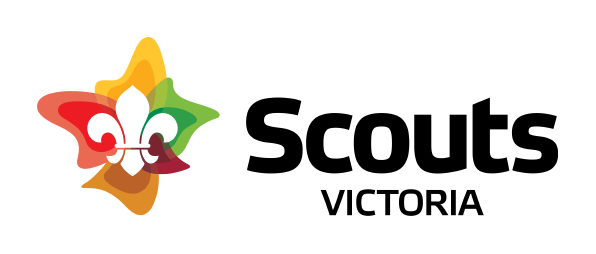Tower Triumph: Build It Big and Bold!
Channel your inner architect and engineer in this epic challenge!
Using spaghetti and marshmallows, you’ll design and construct a towering masterpiece. Will your creation stand tall and strong or crumble under pressure? Gather your team, unleash your creativity, and let’s reach for the skies!
What you will need
- A4 paper
- Pens or pencils
- Stopwatch or phone
- Spaghetti
- Mini marshmallows
Super Structures
Everyone should think about some of the biggest or tallest buildings in the world.
-
Which ones can you name?
-
What makes them special or interesting?
Some structures to mention:
-
The Eiffel Tower. Built in 1889, over 5,300 drawings were made of this 324 metre high tower in Paris. Gustave Eiffel designed the legs of the tower to stand at an angle of at 54 degrees for maximum wind resistance.
-
The Great Pyramid of Giza. The oldest and largest of the pyramids in Egypt, and the oldest of the Seven Wonders of the World. It was built in 2580 BC. Pyramids have a wide base and a narrow top, creating a very sturdy and rigid shape.
-
The Golden Gate Bridge. Opened in 1937, this suspension bridge over San Francisco Bay has a span of 1,300 metres and cost $35 million to make. Suspension bridges work by transferring the weight of the bridge deck and vehicles up through the suspender rods to the main suspension cable, which then transfers the weight to the bridge towers and anchor rods which go into the ground.
Everyone should think about a time they were on a bridge, a cliff, or a roof.
-
What was it like?
-
Was the weather the same as it was down on the ground?
How are tall buildings made to withstand extreme weather conditions?The experiment will look at the shapes and forces of buildings, and how they are all pushing and pulling against each other.
Everyone should split into Patrols and draw some tall towers.
-
Which shapes are the strongest? (Triangles).
-
Think about the materials you will be using (spaghetti and marshmallows).
-
Are your structures going to be possible with the materials we have?
-
How will you make it both the tallest and strongest of all the teams?

Get building
-
Once each Patrol has decided on a final design for their tower, they should build it using only the materials they’ve been given. The person leading the activity should time 10 minutes for them to do this.
-
Everyone should think carefully about how they are using their materials. It’s important not to waste them, or your tower won’t be as tall or as strong as it could be.
Tower Power
-
Everyone should look at the towers the other Patrols have created. Is one the tallest? Is it also the strongest, or does it have some structural problems? Look at the different construction methods used. Has one been the most successful?
-
As a group, decide which tower is the tallest and strongest. Why it was the best? It should be as straight as possible, so that forces of gravity cannot pull it to one side.
It may have used strong triangle shapes. It may have used lots of smaller pieces of spaghetti, rather than a few long ones, which spreads the weight of the tower. It may be narrower at the top than the bottom, which provides a strong base for supporting the weight of the tower.
Safety
All activities must be safely managed. You must complete a thorough risk assessment and take appropriate steps to reduce risk.
Science
Supervise young people, and only do science activities that are advised and age appropriate for your section. Test activities first, to make sure you’re confident you can lead them safely. Use protective clothing where necessary.
Sharp objects
Teach young people how to use sharp objects safely. Supervise them appropriately throughout. Store all sharp objects securely, out of the reach of young people.
Change the challenge level
Choose different materials if working on a small scale is too fiddly. Introduce more rules by limiting teams to building their towers using one shape (triangles, squares, rectangles or – if you want to make it really challenging – circles).
Ensure any members who struggle with fine motor skills are in a supportive team.
Reflection
This activity was about learning new skills and working as a team to build a sturdy structure.
- What were the factors that made the towers strong?
What made the towers less sturdy?
What kinds of jobs involve using these skills? - How well did your team work together to make the tower?
- Would you do anything differently if you were going to build a tower again?




